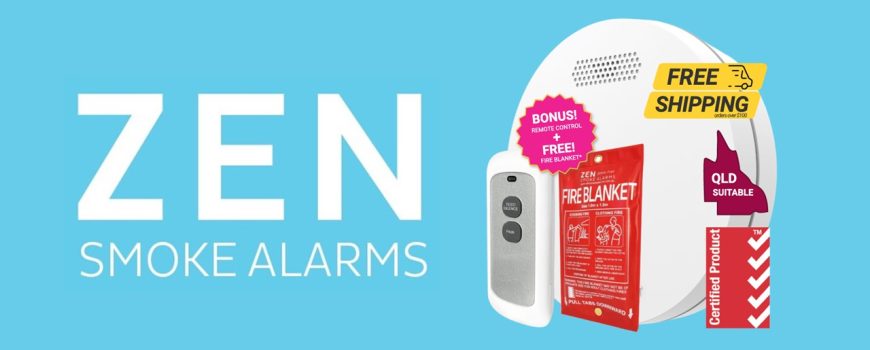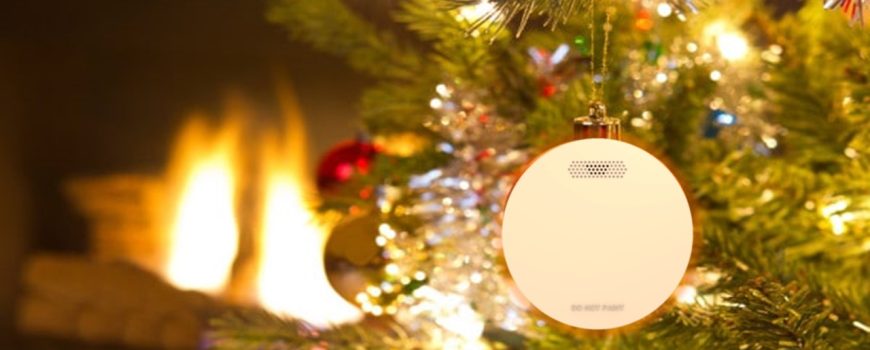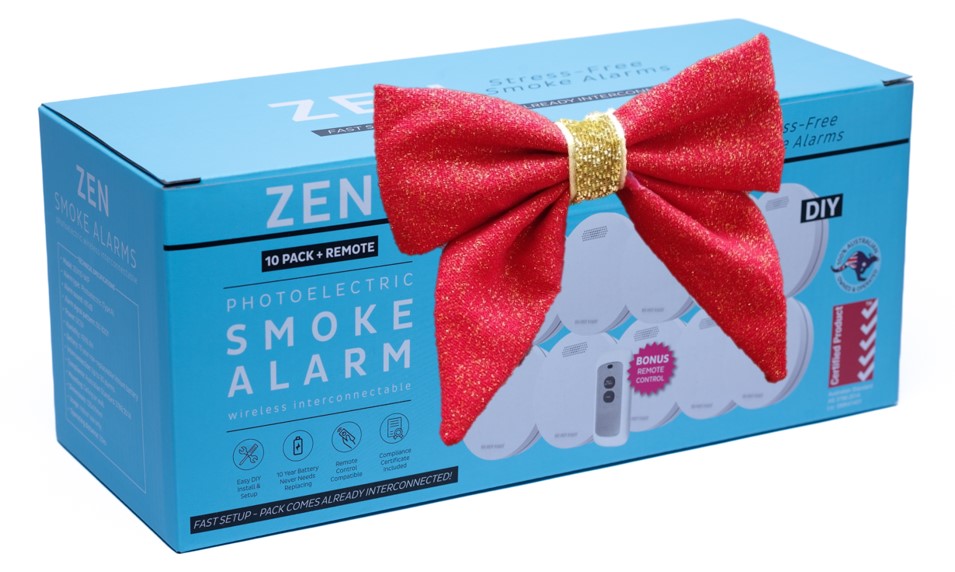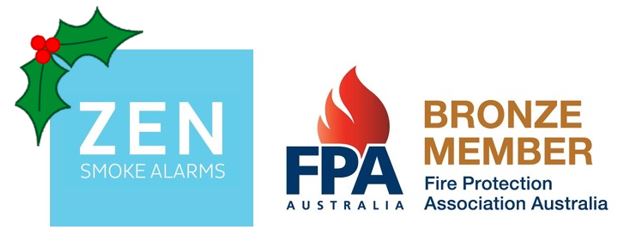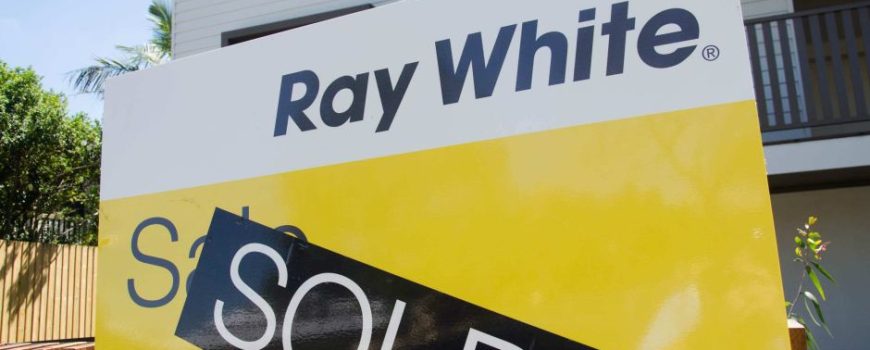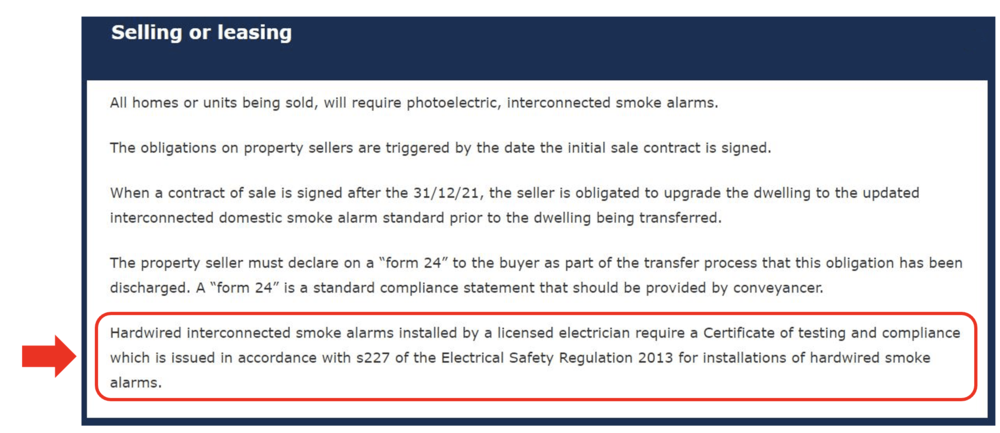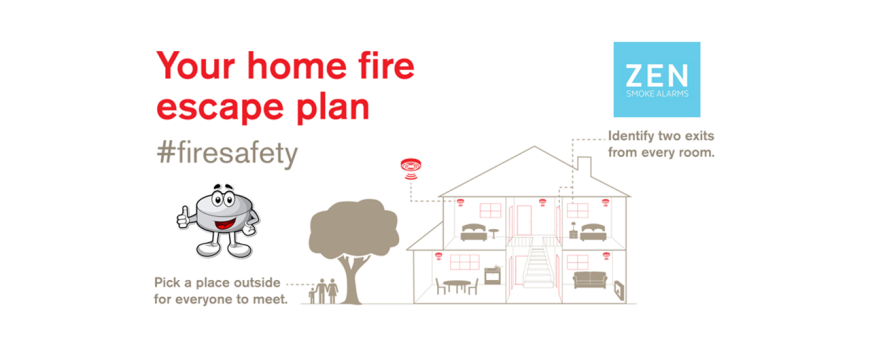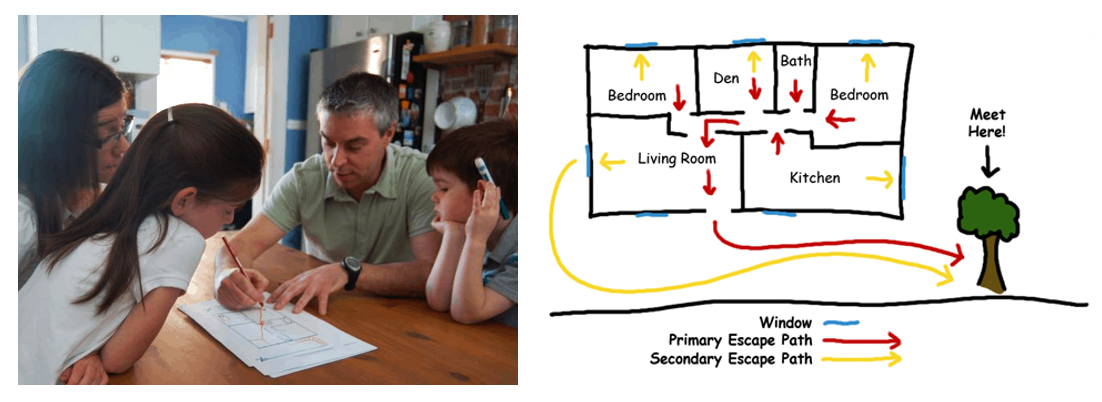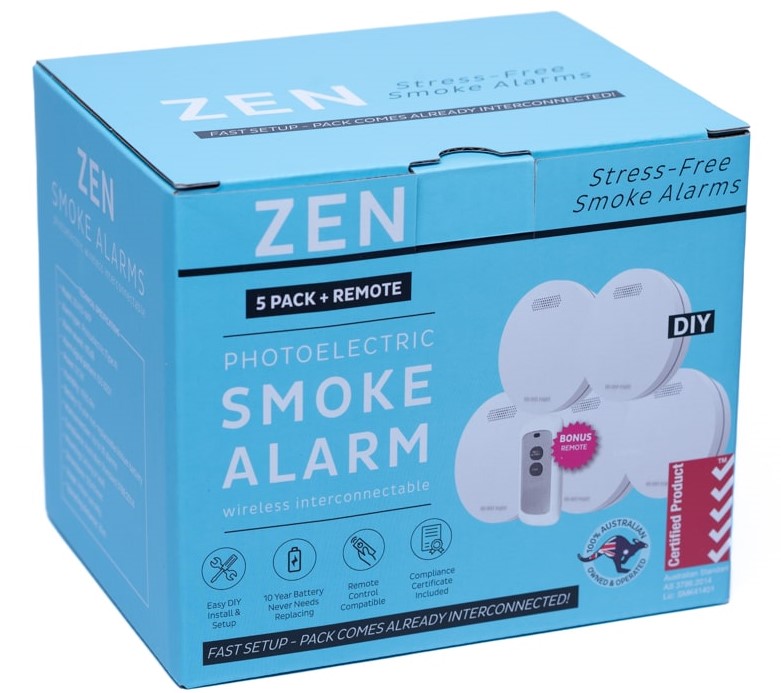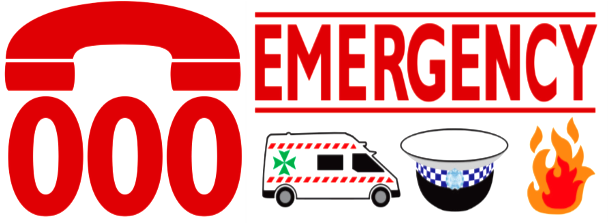There are several important differences between ZEN wireless interconnected photoelectric smoke alarms and conventional smoke alarms that every homeowner should know. Discover what makes ZEN Smoke Alarms the No.1 choice for the best smoke detectors Australia has to offer, delivering superior fire detection, effortless DIY installation, and 10 years of hassle-free protection. With cutting-edge wireless technology, no electrician required, and full home coverage, ZEN Smoke Alarms provide unmatched safety and peace of mind. Don’t settle for outdated alarms—upgrade to ZEN and experience the next level of fire protection trusted by 1000’s of Aussie homeowners.
ZEN Photoelectric Smoke Alarms Are
The Best Smoke Detectors Australia Has To Offer!
1) Not all smoke alarms are created equal! Older ionisation smoke alarms rely on radioactive material to detect smoke and are better suited for fast-flaming fires. However, most house fires start as slow, smouldering flames—something ionisation alarms struggle to detect in time. They’re also notorious for false alarms, leading many people to disable them, putting lives at risk. That’s why ionisation smoke alarms are being phased out in Australia and worldwide.
ZEN Smoke Alarms use advanced photoelectric technology, making them the best smoke detectors Australia has to offer. They provide faster, more reliable detection without the nuisance alarms, ensuring your family stays safe 24/7. ZEN Smoke Alarms are the photoelectric type and do not also contain an ionisation sensor.
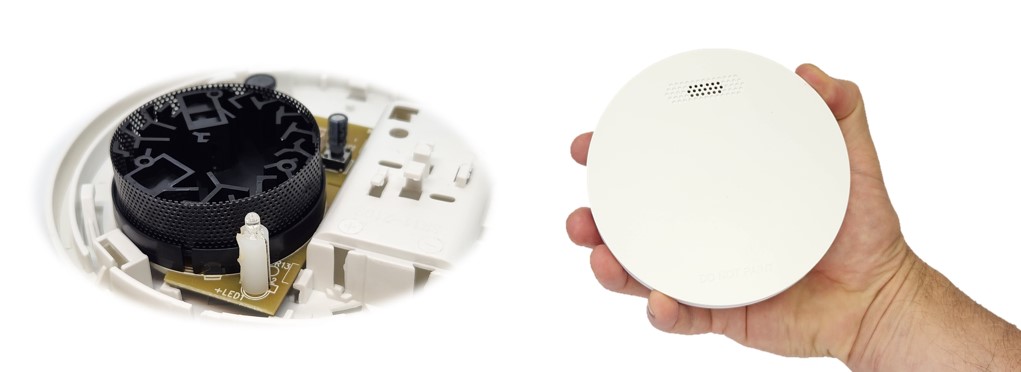
ZEN Are Wirelessly Interconnected Smoke Alarms
2) Traditional smoke alarms operate as stand-alone units, meaning if a fire starts on the ground floor, upstairs alarms won’t sound until smoke reaches them—often too late for a safe escape.
ZEN Smoke Alarms, the best smoke detectors Australia has to offer, are wirelessly interconnected, ensuring when one alarm detects smoke, all alarms activate instantly. No Wi-Fi or internet is needed—just fast, reliable protection for your entire home. Stay ahead of danger and give your family the best chance to respond in time with ZEN Smoke Alarms.
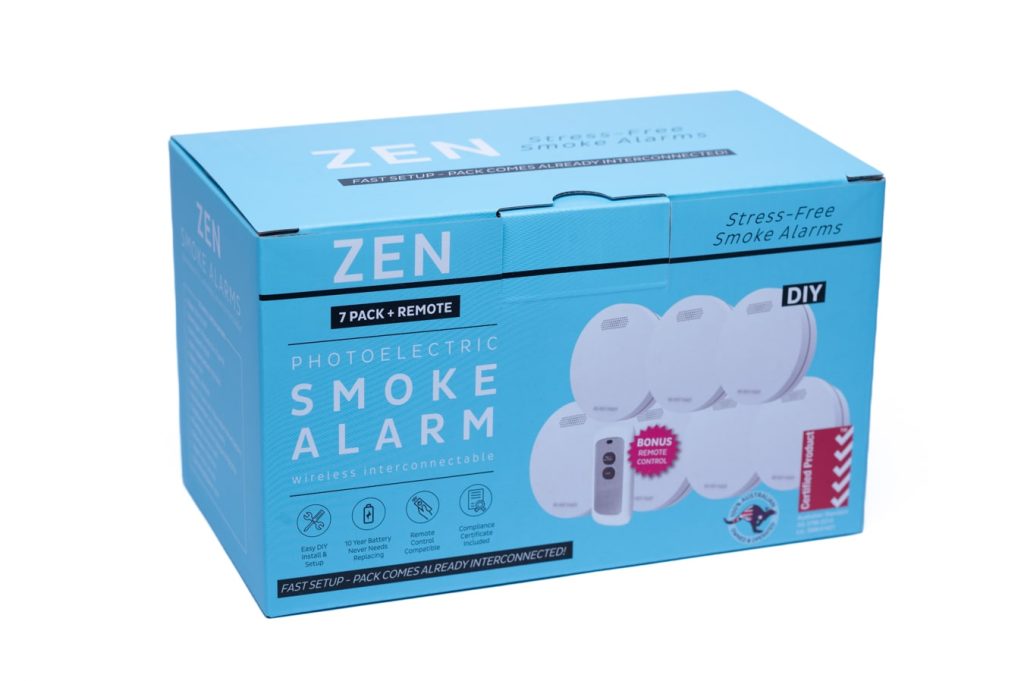
Our ZEN Smoke Alarm bundle packs (5, 7 or 10-packs) arrive to you already wirelessly ‘interconnected’ together – there is no complicated pairing process as we’ve done it for you! Just another reason why ZEN Smoke Alarms are the best smoke detectors Australia has to offer!
ZEN Smoke Alarms Have A 10-Year Long Life Battery
3) Tired of smoke alarms chirping at 2 AM? Traditional alarms rely on 9V replaceable batteries, which drain over time, triggering loud (and annoying) reminders to replace them. Many people silence the noise by removing the battery—disabling the alarm and putting lives at risk.
ZEN Smoke Alarms, the best smoke detectors Australia has to offer, feature a sealed 10-year lithium battery that never needs replacing. No more chirping, never replace a battery ever again—just reliable, uninterrupted protection for a decade. Stay safe with ZEN Smoke Alarms!
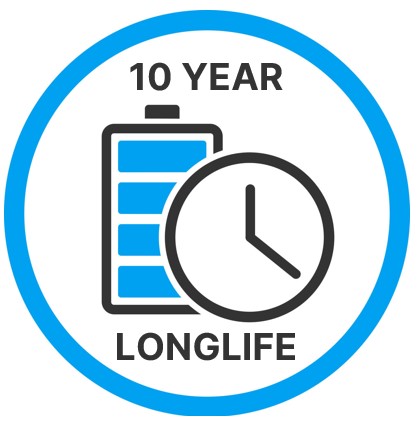
Because our photoelectric smoke alarms are powered by a long life 10-year lithium battery which is sealed inside the unit, the battery cannot be deliberately removed. At the end of the 10-year battery life span, the entire smoke alarm unit is simply replaced with a new one!
ZEN Smoke Alarms Can Be Easily DIY Installed
4) Installing smoke alarms has never been easier! ZEN wireless photoelectric smoke alarms require no electrical wiring, making them perfect for DIY installation. Simply use the included screws and mounting bracket—no electrician needed, saving you time and money.
Each ZEN Smoke Alarm comes with a compliance certificate confirming it meets Australian Standard 3786:2014, so you can trust you’re getting the best smoke detectors Australia has to offer. Enjoy hassle-free installation and superior protection with ZEN!
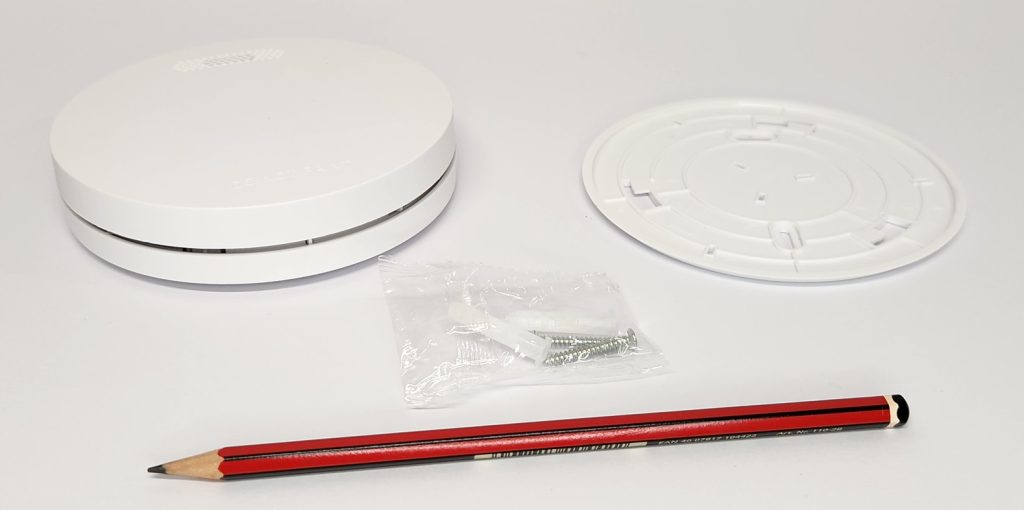
ZEN Smoke Alarms Free Shipping And Same Day Dispatch
5) Get your ZEN Smoke Alarms delivered fast! We offer FREE Australia Post shipping on all ZEN Smoke Alarm bundle packs, with same-day dispatch for orders placed before 1:30 PM on business days—how good is that?
Our customers love our super-fast, Australia-wide delivery. Unlike offshore drop shippers, we keep all stock locally in Brisbane, QLD, ensuring quick and reliable service. Order today and experience the best smoke detectors Australia has to offer with fast and free shipping!

ZEN Smoke Alarms Are Remote Control Compatible
6) ZEN Smoke Alarm bundle packs include a free remote control for added convenience (also available separately). While your alarms work perfectly without it, the ZEN remote lets you test your alarms easily—no more reaching up to the ceiling!
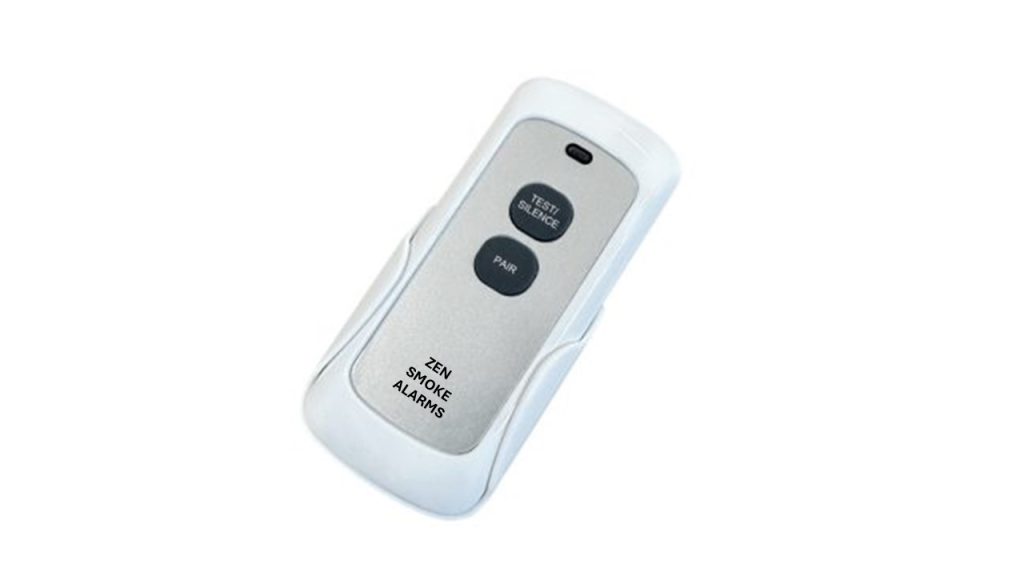
The best feature? The silence (hush) button! No more running around in a panic when you burn the toast. It also helps you quickly locate the source alarm or problem area. Get the best smoke detectors Australia has to offer with ZEN and enjoy effortless fire safety!
ZEN Smoke Alarm Bundle Packs Include A FREE Fire Blanket!
7) All ZEN Smoke Alarm bundle packs (5, 7, 10 pack) also receive a FREE fire blanket! (in addition to the free bonus remote). The ZEN fire blanket provides an easy and effective way to quickly extinguish small fires, which can prevent them from spreading and causing more serious damage. Measuring 1m x 1m in size, the ZEN fire blanket perfectly complements the ZEN photoelectric smoke alarm range and is ideal for your home kitchen, BBQ area, garage, caravan, car or boat.

Australian Standard Certification Included In the Box
ZEN Photoelectric Smoke Alarms are manufactured, tested, and certified to Australian Standard 3786:2014, ensuring top-quality protection. Each alarm comes with a copy of the certification in the box for your peace of mind.
Always look for the bright red Australian Standard Certified logo on our products and packaging—your genuine symbol of quality and safety. Choose the best smoke detectors Australia has to offer with ZEN and protect your home with confidence!
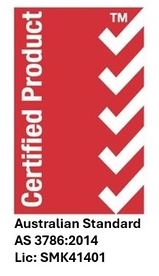
ZEN Smoke Alarms Offer Amazing After-Sales Support
And Excellent Customer Service
8) Shop with confidence knowing you’re buying from a trusted, knowledgeable, and ethical Australian company. We take pride in offering the best smoke detectors Australia has to offer with outstanding customer support.
Have a question? Need help? Call Christian anytime on 0478 596 402—he’s passionate about smoke alarms and always happy to assist. Your safety is our priority!

9) We are also members of professional industry associations such as the Fire Protection Association Australia (FPAA) – this is your symbol of trust. But don’t just take our word for it, see what others are saying with over 160+ Google 5-star reviews! – ZEN Photoelectric Smoke Alarms located in New Farm, QLD.

Want to know more? Watch our ZEN Smoke Alarm YouTube channel or call us on 0478 596 402 today
We love talking smoke alarms!
ZEN Photoelectric Smoke Alarms
New Farm, QLD, 4005

